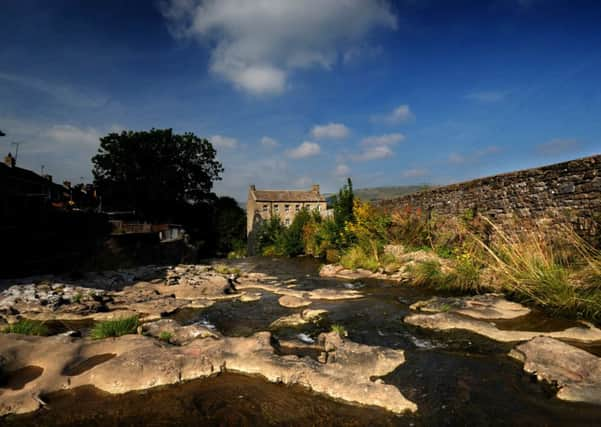Picture Post: Historic mill keeps on turning into bright future


As well as being home to the Wensleydale Creamery, one of the major producers of Wensleydale cheese, another piece of history that still stands just south of the town is Gayle Mill.
Initially built around 1784, Gayle Mill was constructed as a water-powered cotton mill. It was powered by a 22 feet waterwheel.
Advertisement
Hide AdAdvertisement
Hide AdToday, it is considered to be the oldest structurally unaltered cotton mill still existing anywhere in the world.
The waterwheel was removed in 1879 when it was converted into a sawmill and replaced with a Thomson double-vortex turbine.
Adding to the historical significance of Gayle Mill, the turbine is now also thought to be the only working variety of its kind that remains.
However, despite its significance both economically and historically, after over one hundred years as a working sawmill, Gayle Mill closed in 1988.
Advertisement
Hide AdAdvertisement
Hide AdLike many old buildings, it was assumed that it would be converted into flats. However, after valiant efforts to preserve the mill, it gained national attention when it was included on the BBC 2 programme, Restoration.
Although it did not win the programme, it came in the top three of the national finals, and managed to be preserved.
Restoration work on the Grade II listed building began the same year, and, after four years of work which cost over £1m, it was finally restored to its former glory and Gayle Mill re-opened to the public in 2008.
In 2012, because of its unique historical value, it was featured on the Channel 4 programme How Britain Worked.
Advertisement
Hide AdAdvertisement
Hide AdWe’re lucky enough to have so many historical gems like this right here on our doorstep and that, I would say, is priceless.
Technical details: Nikon D3s camera, 12-24mm lens, exposure 500th sec at F8, iso 100.
Picture: Simon Hulme